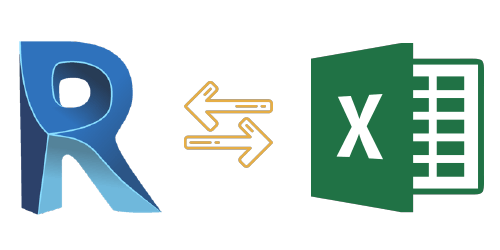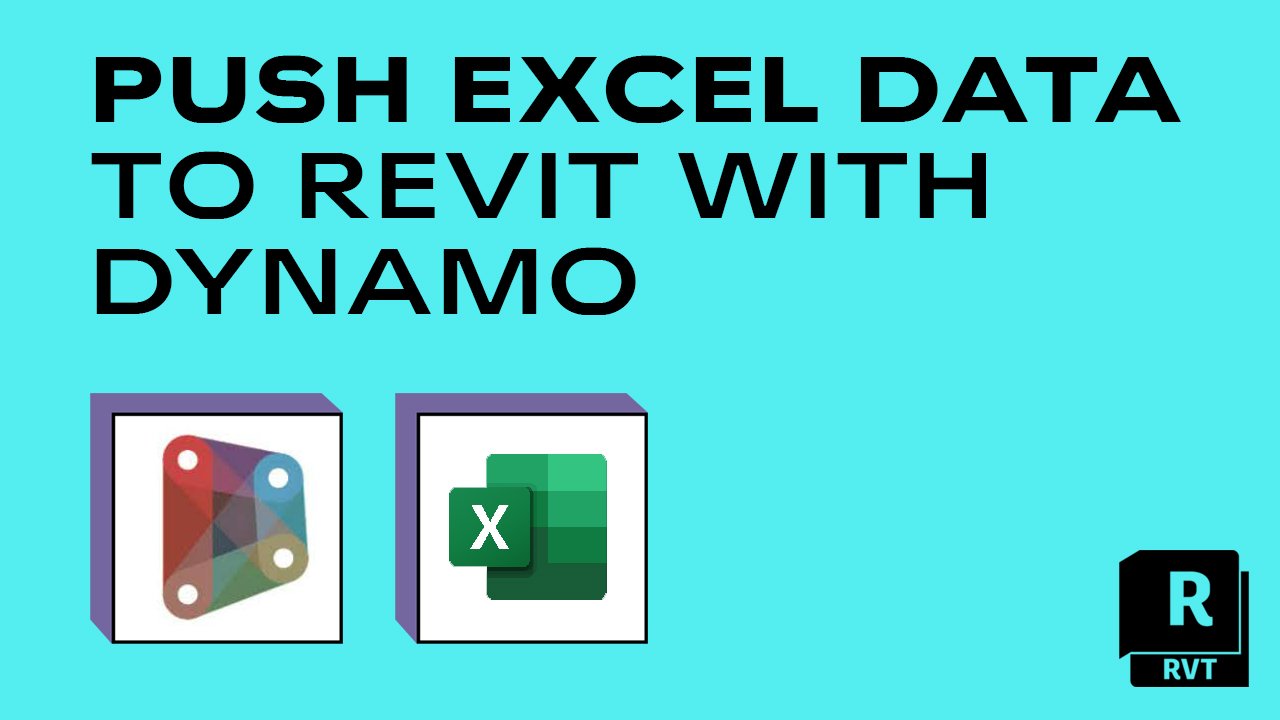Revit Tools for Every Job: Your Ultimate Layout Companion
Wiki Article
Revit Accelerator: Excel Integration Strategies for Enhancing Performance and Cooperation
Are you wanting to increase your efficiency and collaboration while making use of Revit? Look no more! In this short article, we will discover the benefits of integrating Excel into your Revit workflows. Discover exactly how you can improve your procedures, optimize collaboration, and even discover sophisticated methods for raising performance. And also, we will share finest techniques for perfectly integrating Excel into your Revit jobs. Get all set to supercharge your Revit experience with our Revit Accelerator: Excel Assimilation Approaches!Advantages of Excel Combination in Revit
The advantages of Excel combination in Revit are countless and can considerably boost productivity and collaboration. By effortlessly linking these 2 effective tools, you can improve your process and conserve beneficial time. With Excel assimilation, you can quickly import and export information in between Revit and Excel, enabling you to take advantage of the staminas of both programs.
Another benefit of Excel integration is the ability to create vibrant routines and reports. By connecting your Revit model to an Excel spreadsheet, any kind of changes made in Revit will automatically update in the matching Excel data. This makes it very easy to create updated schedules, amount launches, and various other job documents.
Excel assimilation in Revit also makes it possible for far better partnership among team members. With the ability to import and export data, you can conveniently share information with colleagues who may not have accessibility to Revit. This advertises reliable interaction and permits much better coordination and decision-making.
Streamlining Workflows With Revit and Excel
Simplifying workflows with Revit and Excel can greatly enhance efficiency and collaboration. By integrating the capabilities of Revit and Excel, you can flawlessly transfer data in between the two applications, getting rid of the need for manual information access and decreasing the risk of mistakes.
Utilizing Revit and Excel together allows you to utilize the staminas of each program - revit add ins. You can export information from Revit right into Excel, where you can carry out complicated estimations, develop graphs and charts, and assess the details in an extra effective and well organized manner. On the other hand, you can import information from Excel into Revit, allowing you to swiftly update your models and documents based on changes made in Excel
The combination of Revit and Excel additionally promotes collaboration amongst employee. By sharing check my source Excel files, you can easily interact and work together on style and construction-related data. This boosts coordination and guarantees that everyone is collaborating with the most this contact form updated information.
Optimizing Collaboration With Excel and Revit
To maximize partnership with Excel and Revit, you can seamlessly share and update style and construction-related data with your team. With simply a couple of clicks, you can import Excel spreadsheets right into your Revit model, permitting you to easily access and manipulate the data.One of the essential advantages of utilizing Excel in combination with Revit is the capacity to upgrade information in both programs simultaneously. Any type of adjustments made in Excel will instantly be reflected in Revit, and vice versa. This guarantees that everybody is collaborating with the most current information, staying clear of complication and saving valuable time.
In addition, Excel supplies powerful tools for evaluating and organizing information, which can significantly improve your partnership efforts. You can produce custom-made records and charts in Excel, aiding you to picture and interact important task info successfully. This can be especially beneficial when providing data to stakeholders or making notified choices based upon task metrics.
Advanced Strategies for Increasing Performance in Revit Using Excel
By making use of advanced techniques in Revit, you can dramatically increase your efficiency by leveraging the power of Excel. With Revit's Excel assimilation feature, you can connect Excel spread sheets straight to your Revit model, permitting you to quickly handle and upgrade information.
In addition, you can make use of Excel macros to automate repetitive tasks in Revit (import excel into revit). Macros allow you to videotape a collection of activities and play them back with a solitary click, saving you effort and time. For instance, you can develop a macro to immediately generate room routines or upgrade criterion values wholesale.
Finest Practices for Excel Combination in Revit
Using Excel as an information administration tool in Revit allows for effective monitoring and updating of data. One of the finest techniques for Excel integration in Revit is to create a clear and organized data framework. By adhering to these best practices, you can properly make use of Excel as an information management device in Revit and boost your productivity and collaboration.Conclusion
In verdict, incorporating Excel with Revit can substantially boost efficiency and partnership in the design procedure. By leveraging the power of Excel, Revit individuals can attain greater levels of productivity and collaboration in their tasks.With Excel integration, you can quickly import and export information in between Revit and Excel, permitting you to utilize the strengths of both programs.
One of the essential advantages of Excel assimilation is the capacity to make use of Excel solutions and functions within Revit. By connecting your Revit model to an Excel spread sheet, any changes made in Revit will automatically update in the corresponding Excel data. On the various other hand, you can import information from Excel right into Revit, allowing you to promptly update your designs and documents based on changes made in Excel.
With Revit's Excel assimilation function, you can link Excel spread sheets directly to your Revit design, see permitting you to quickly take care of and upgrade data.
Report this wiki page